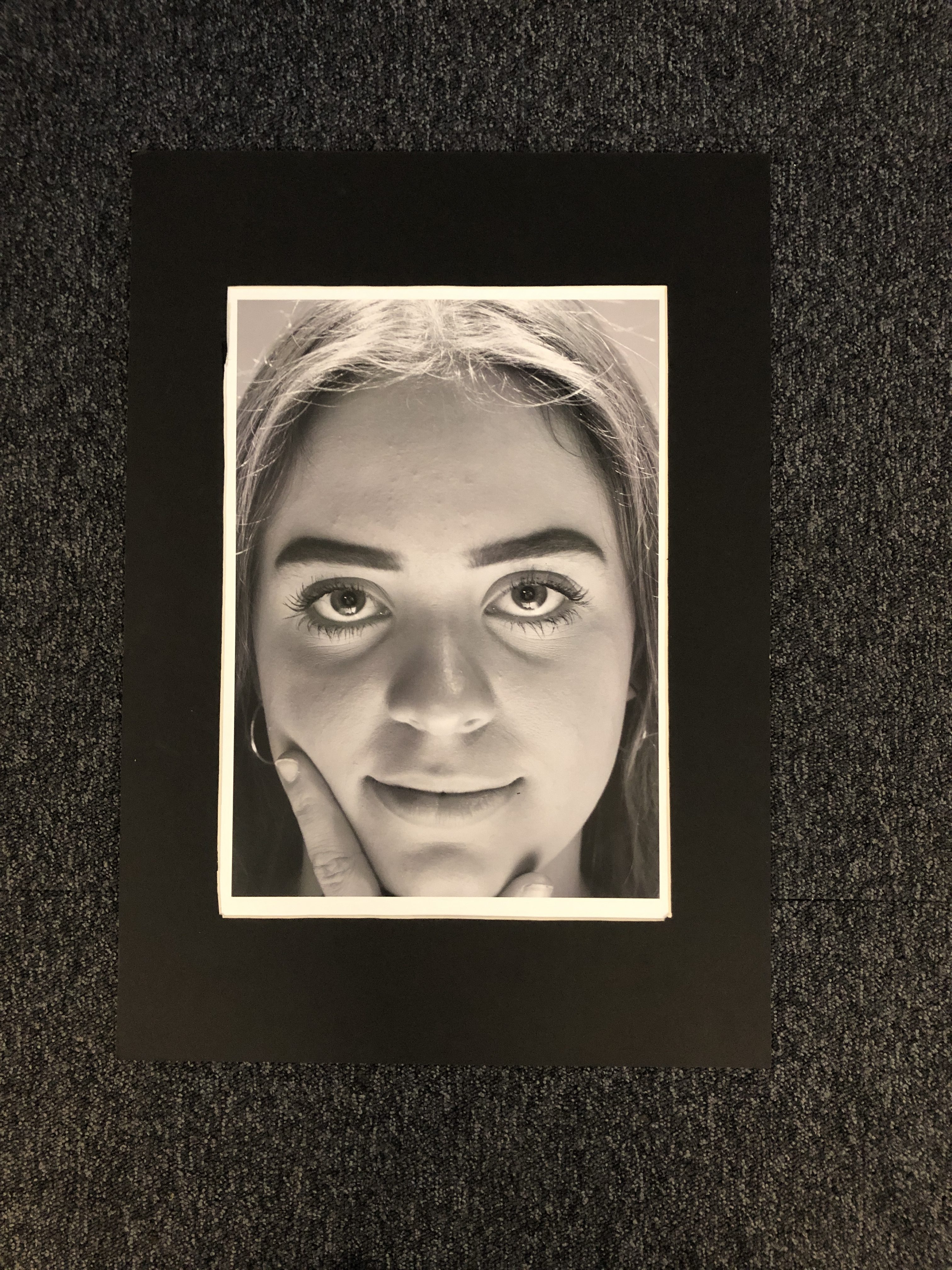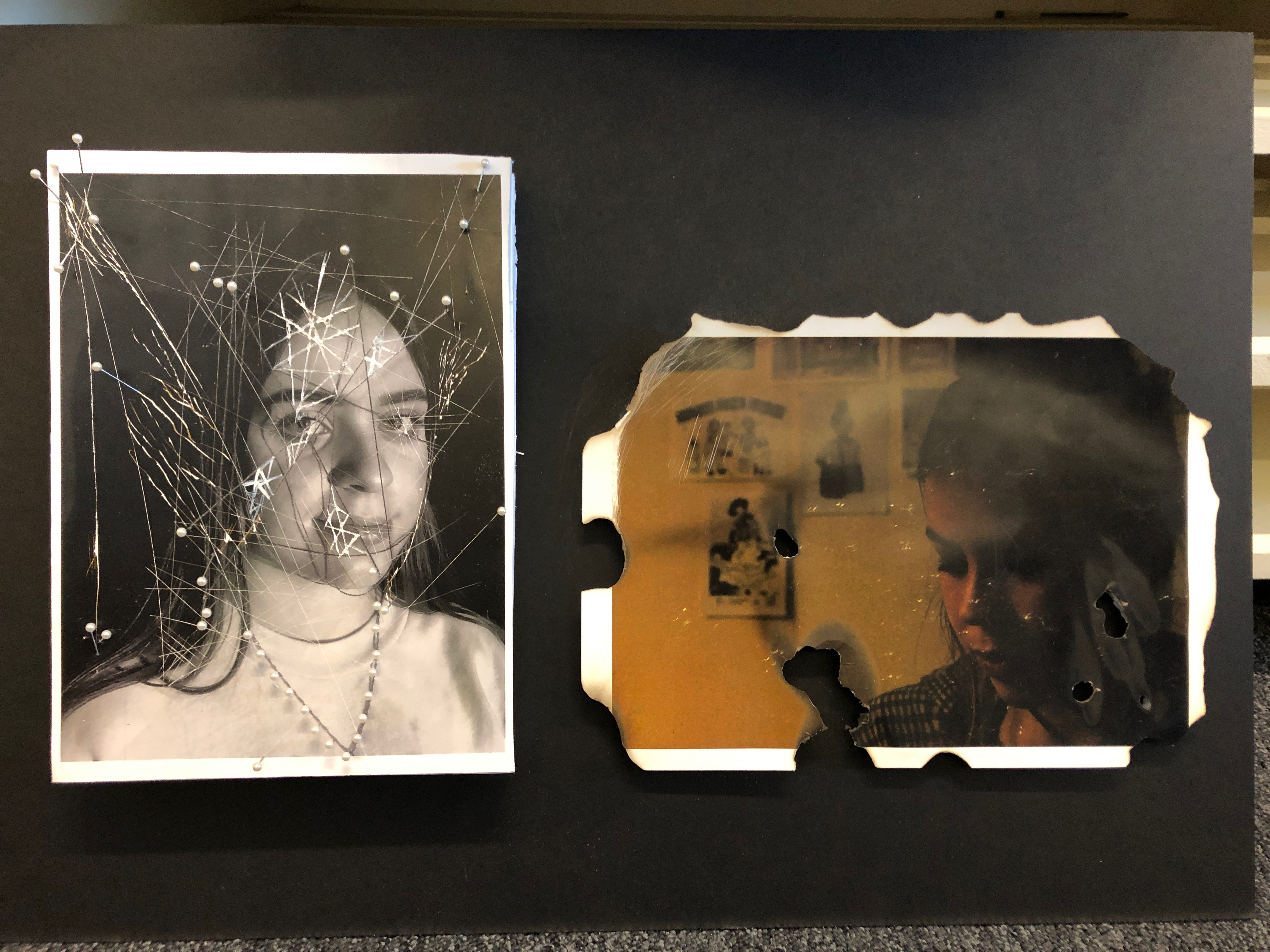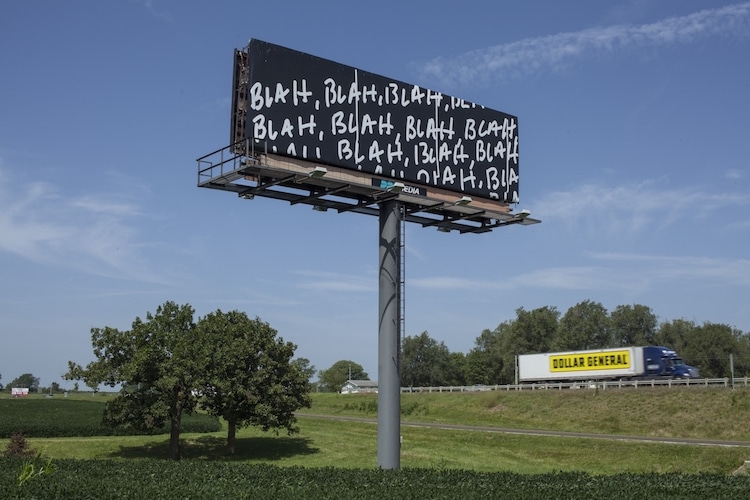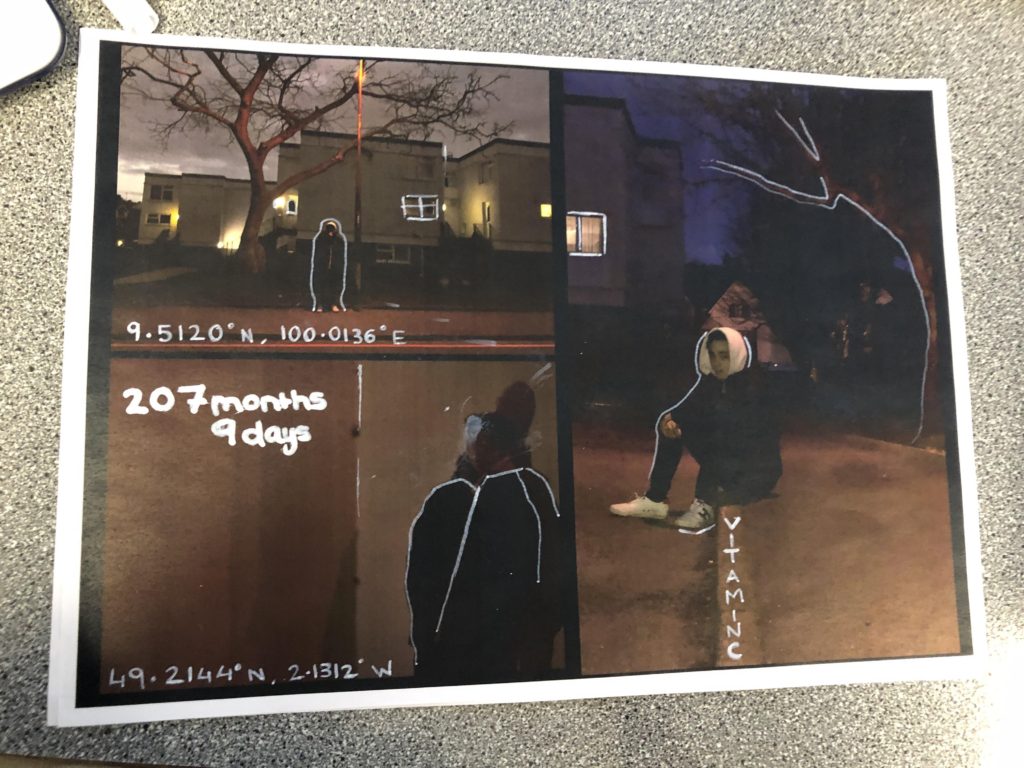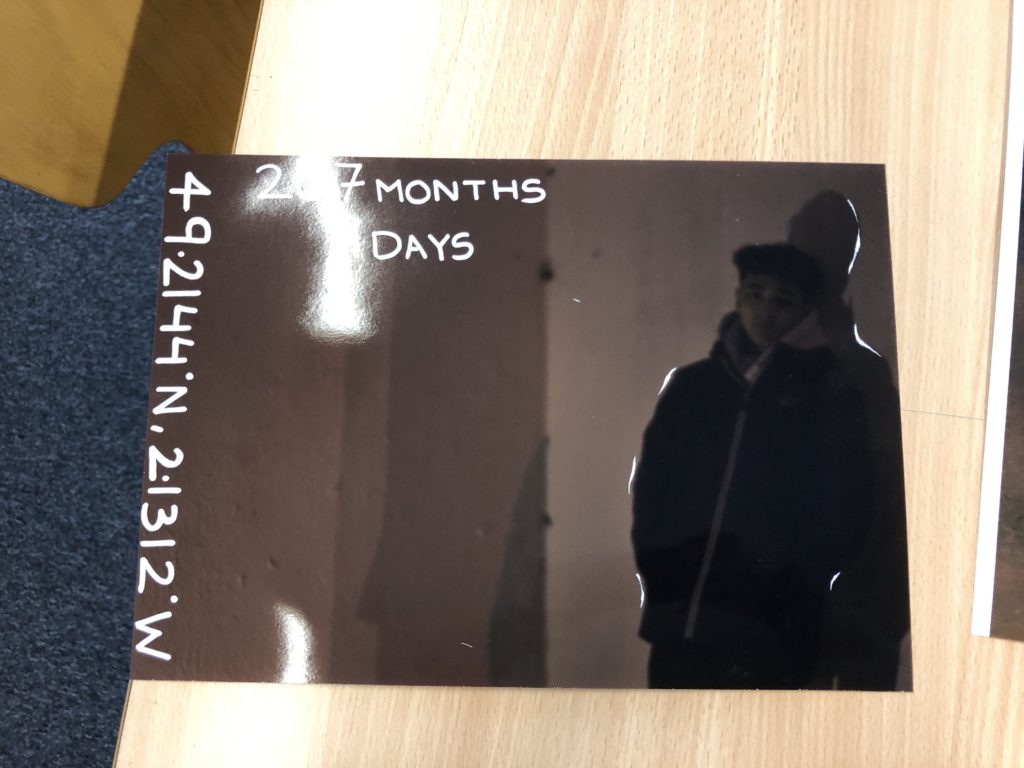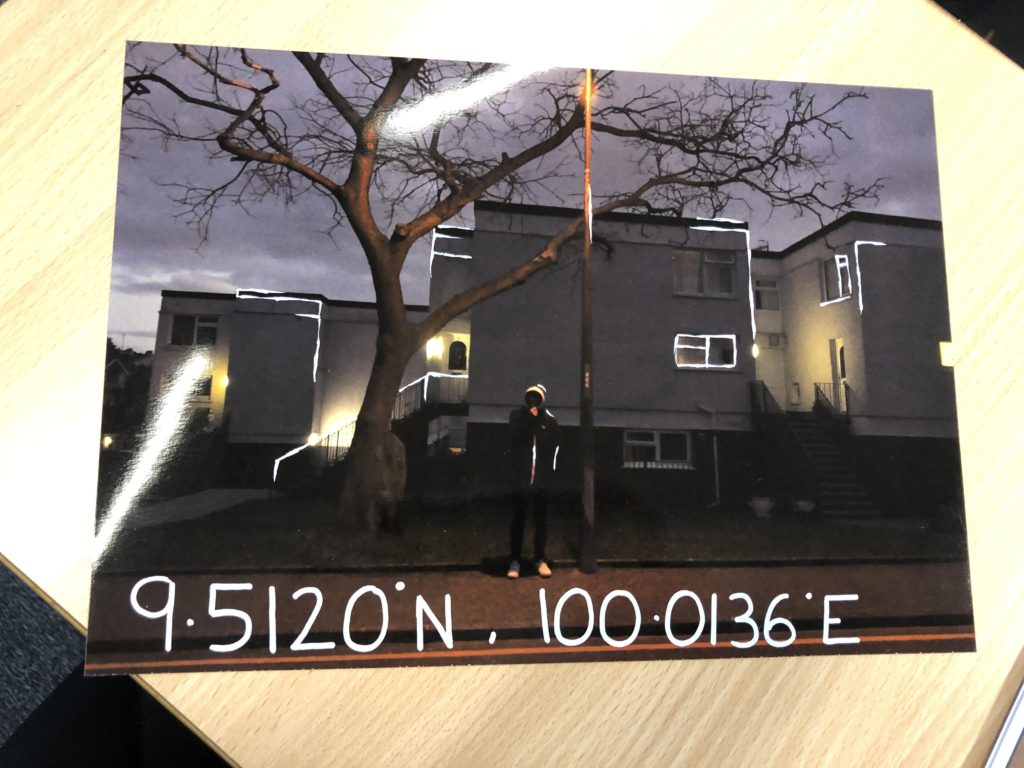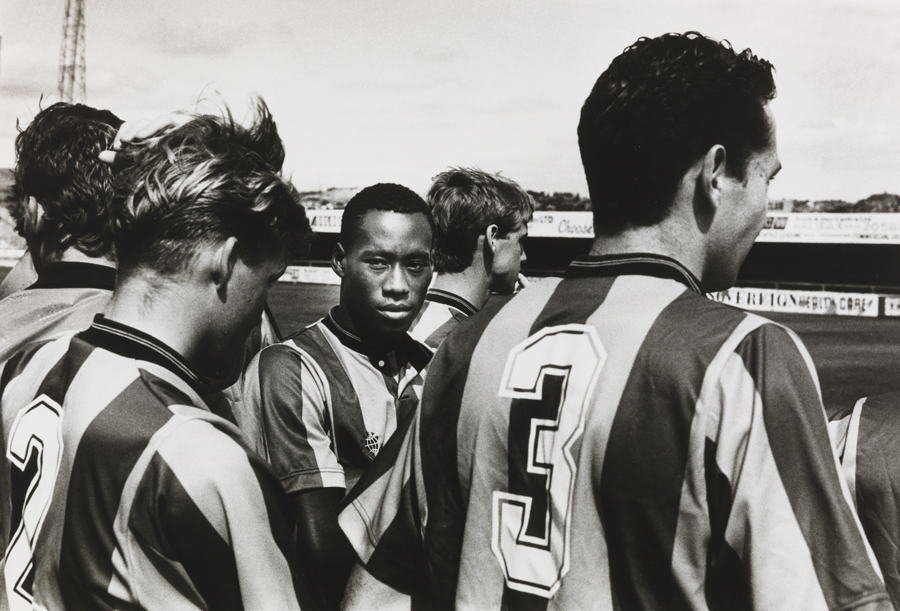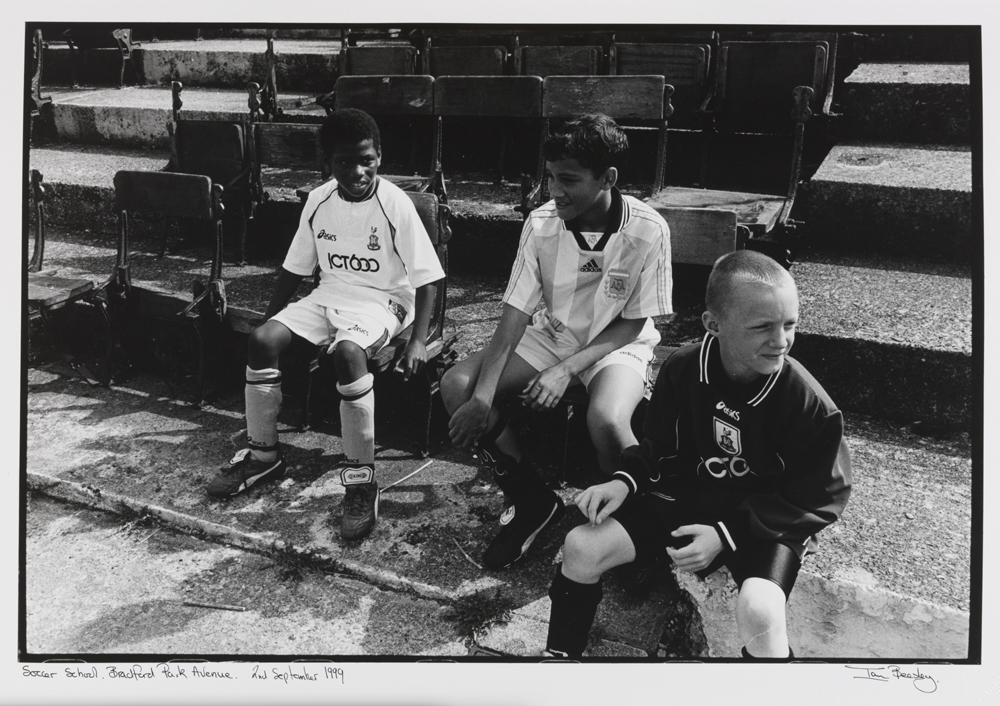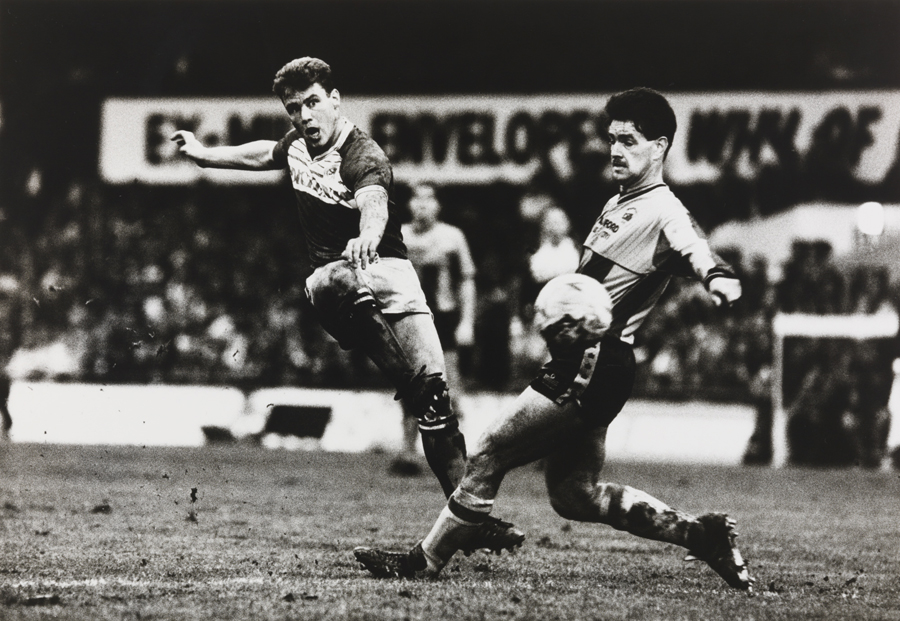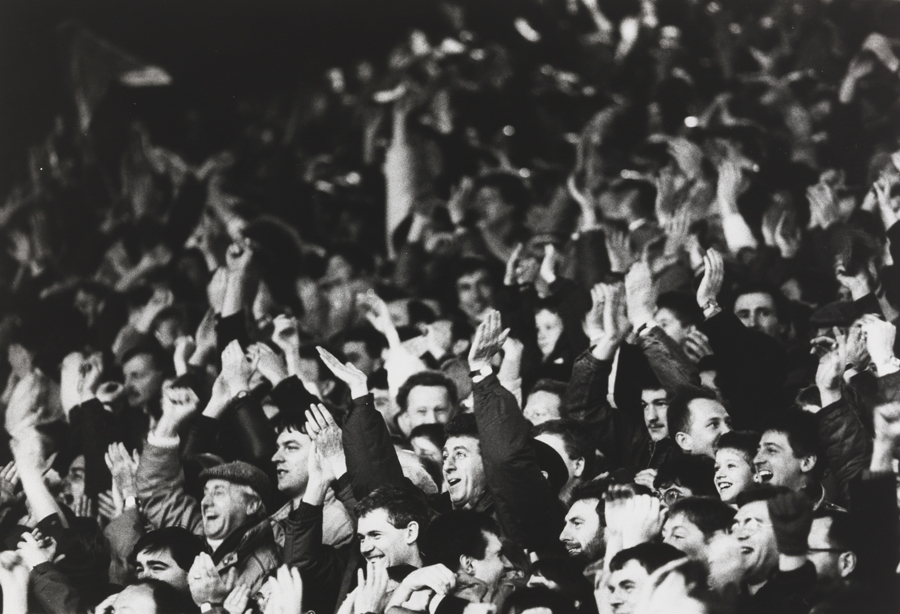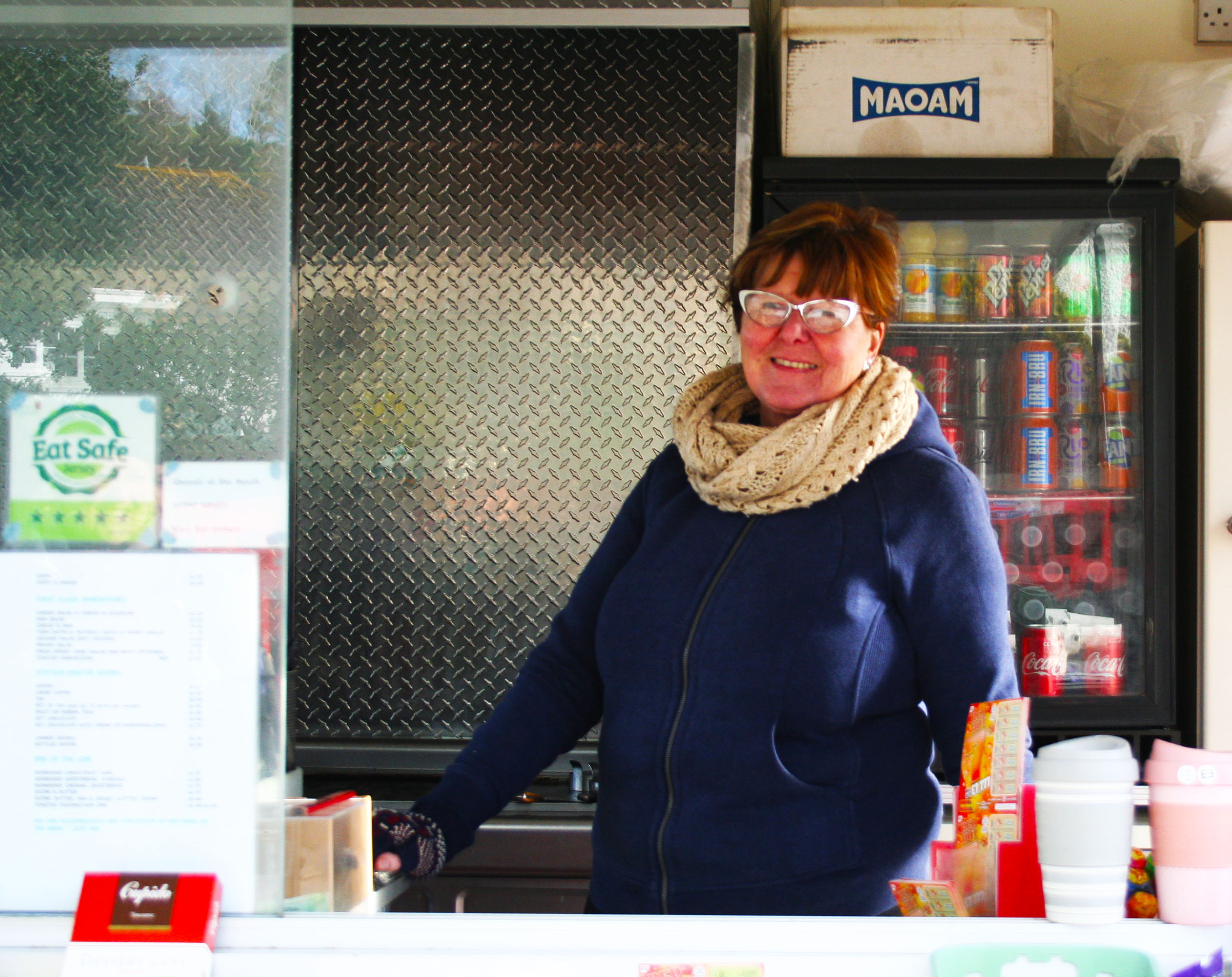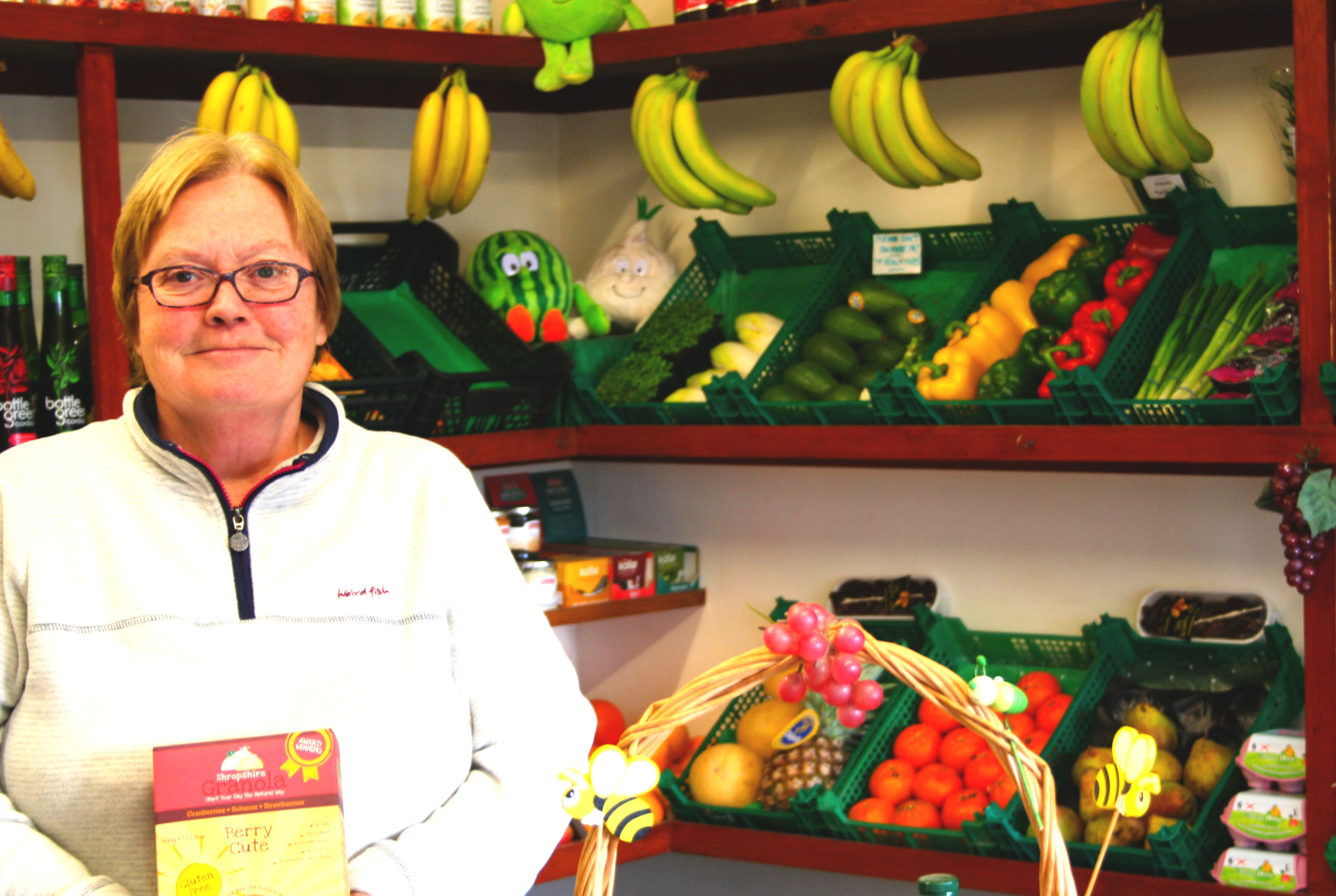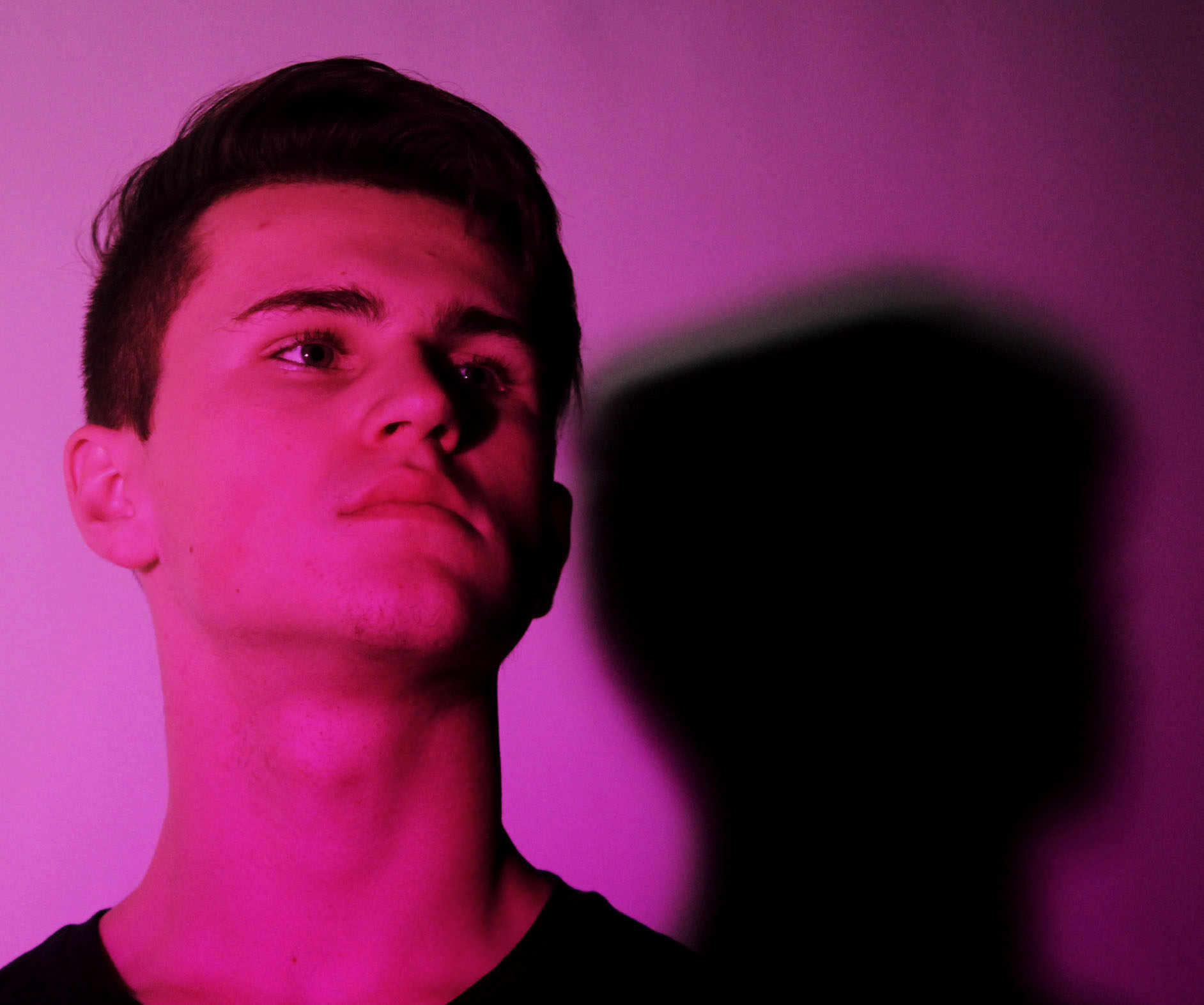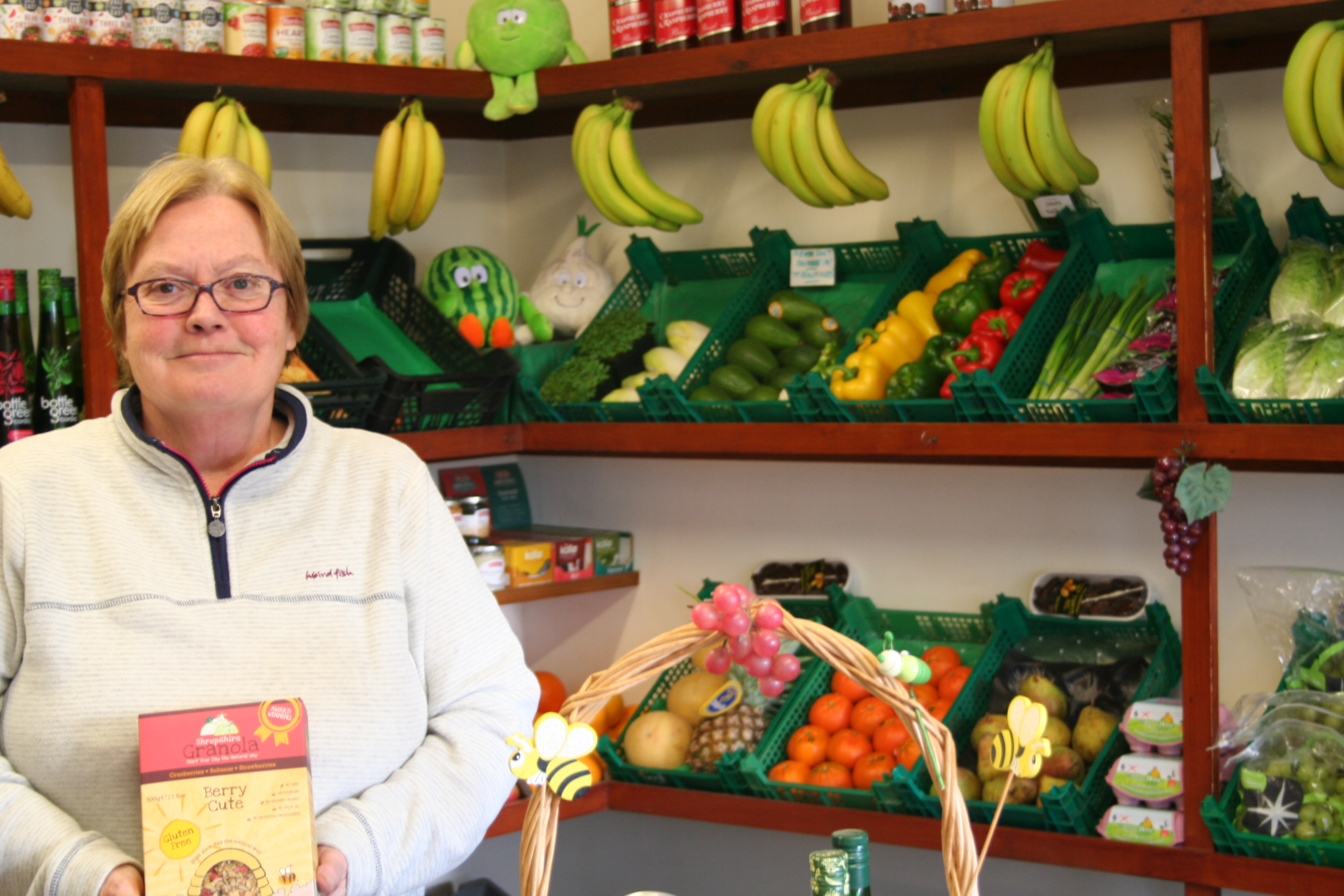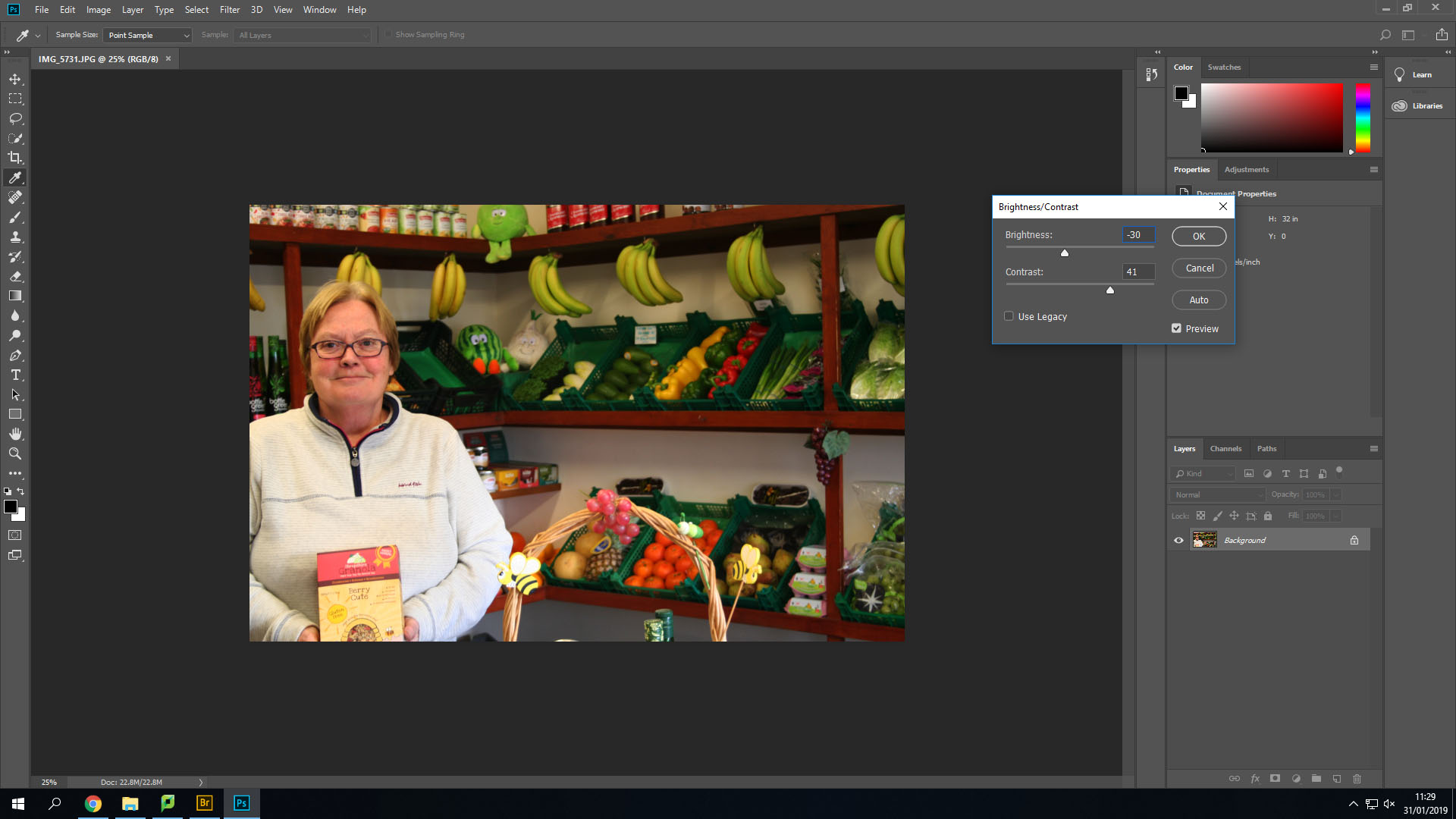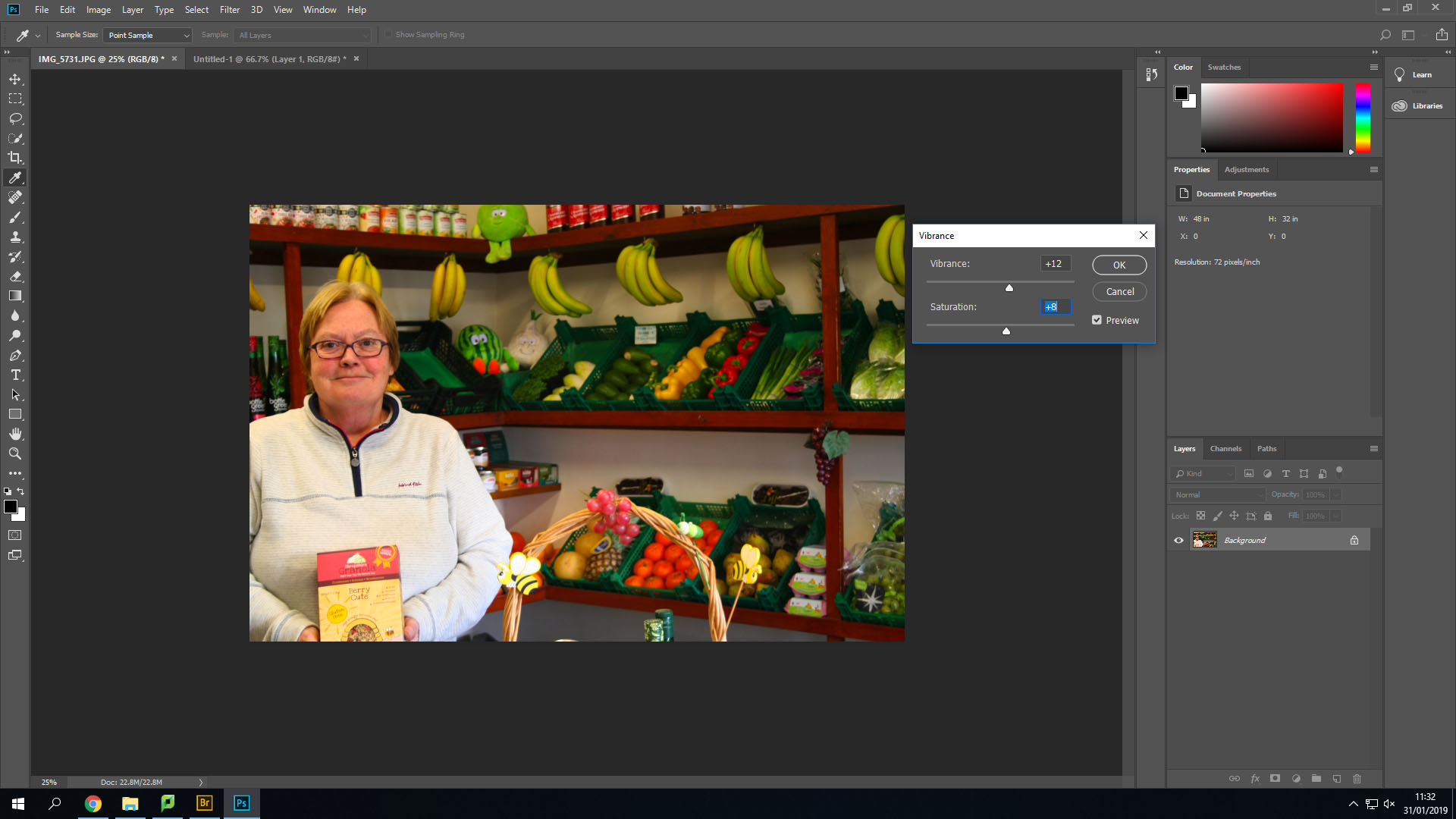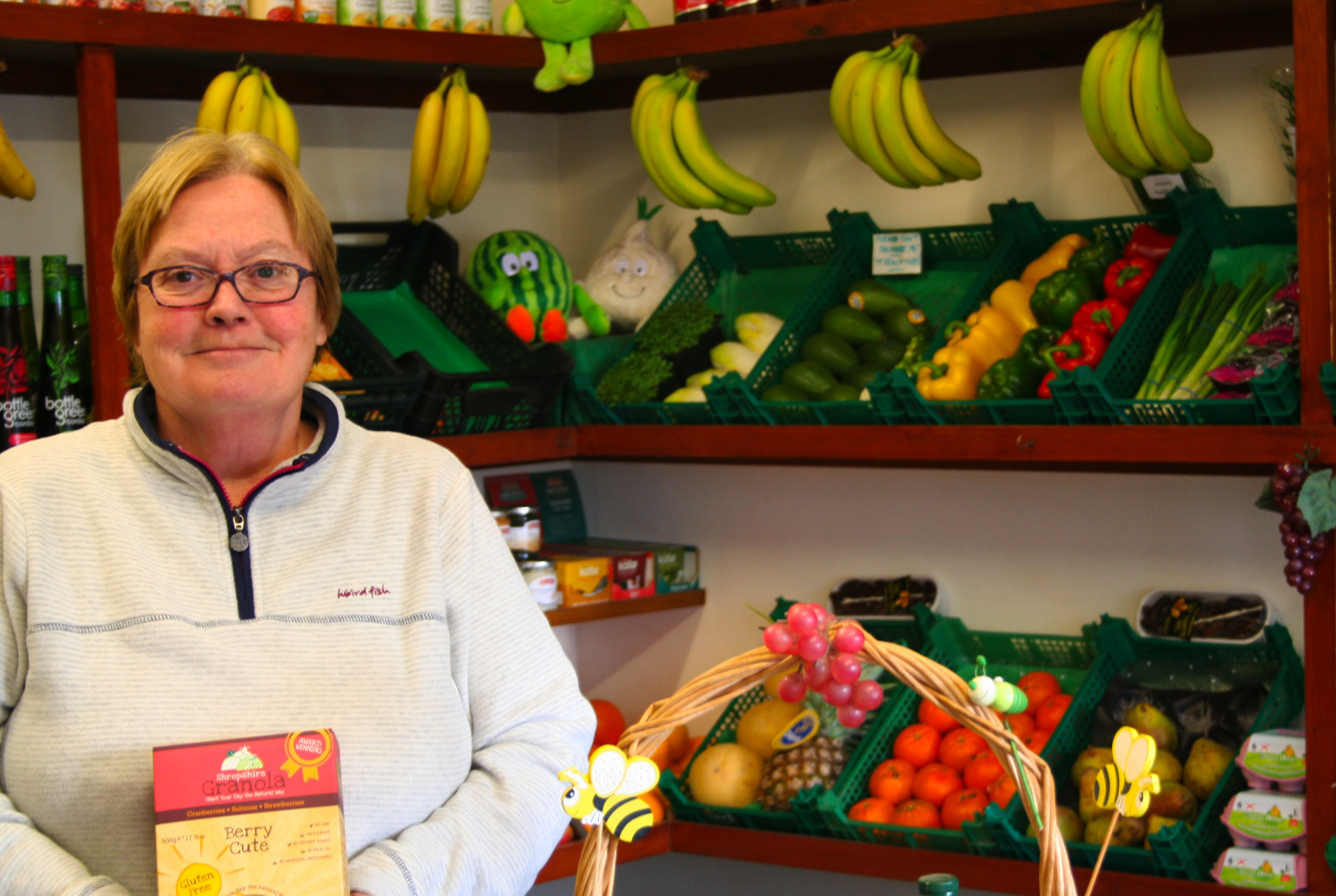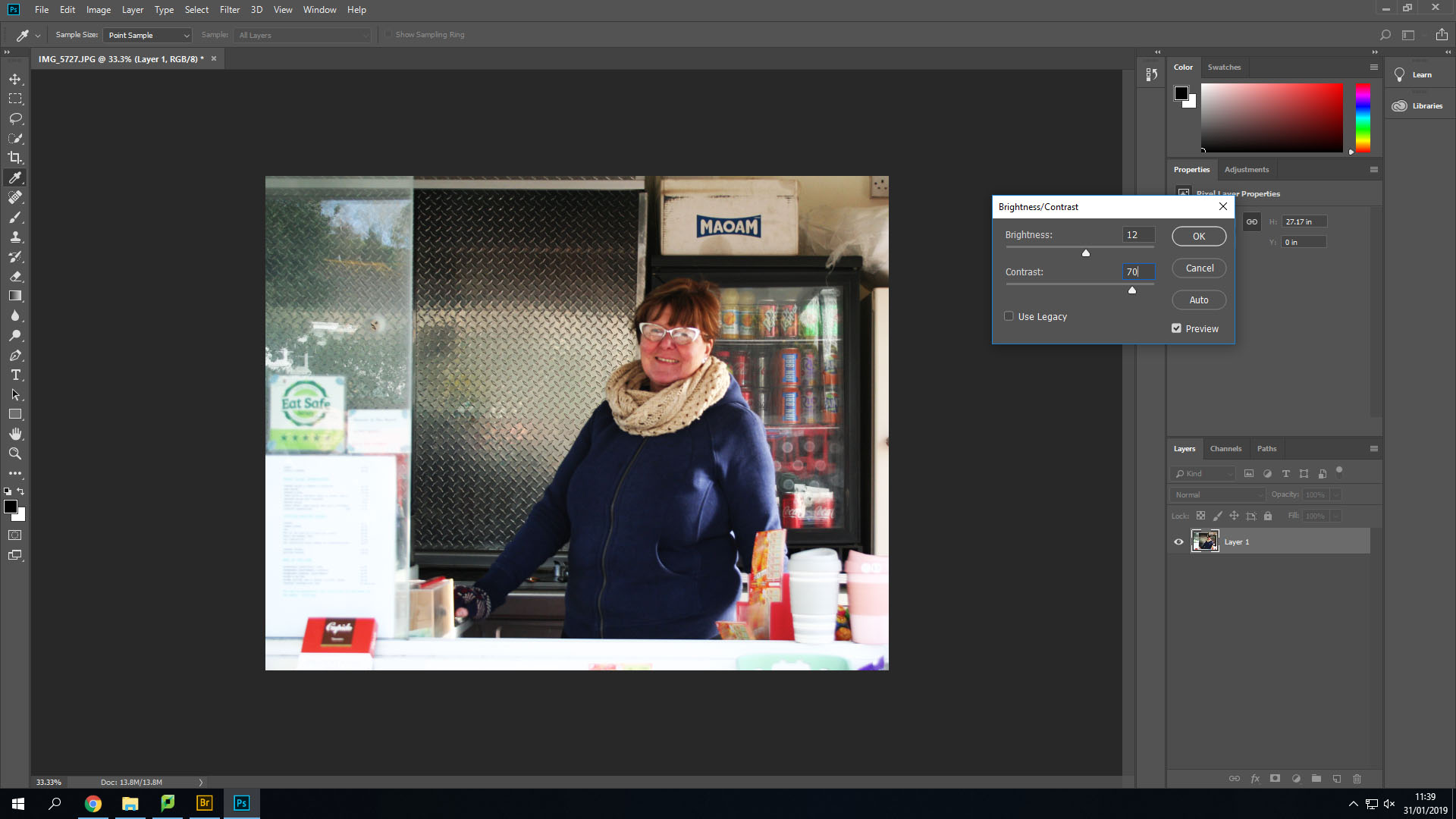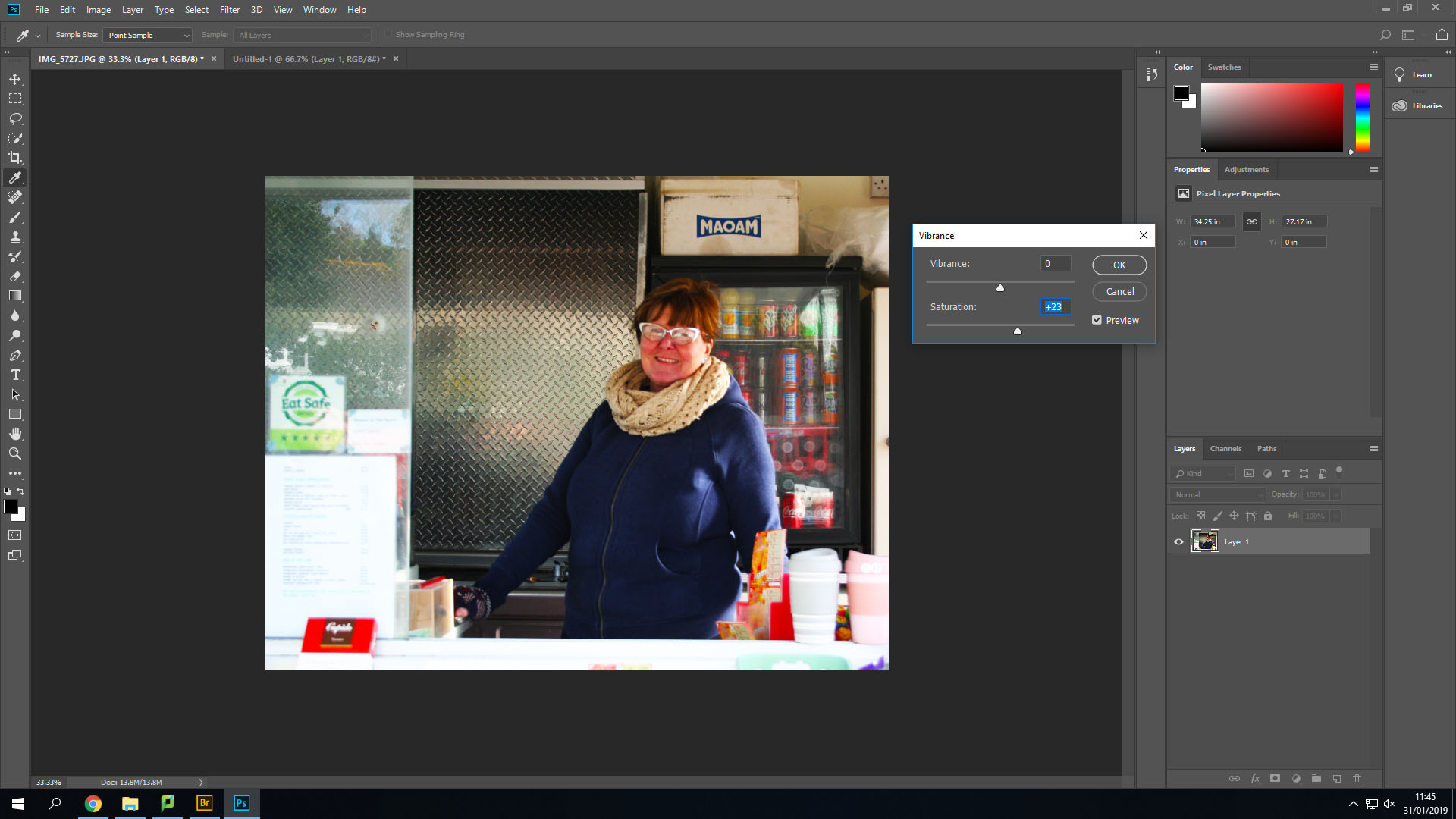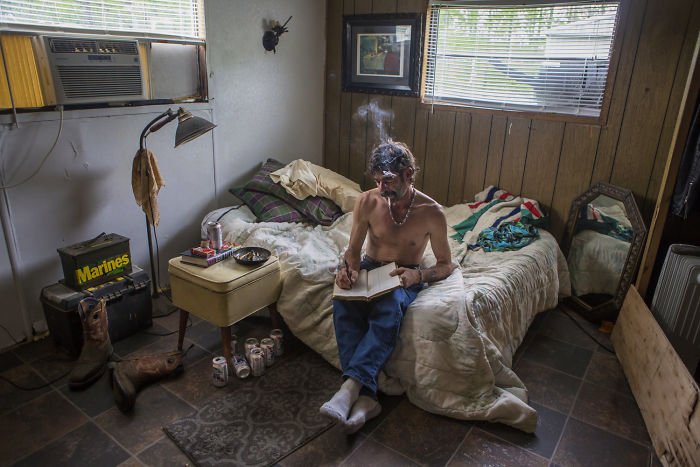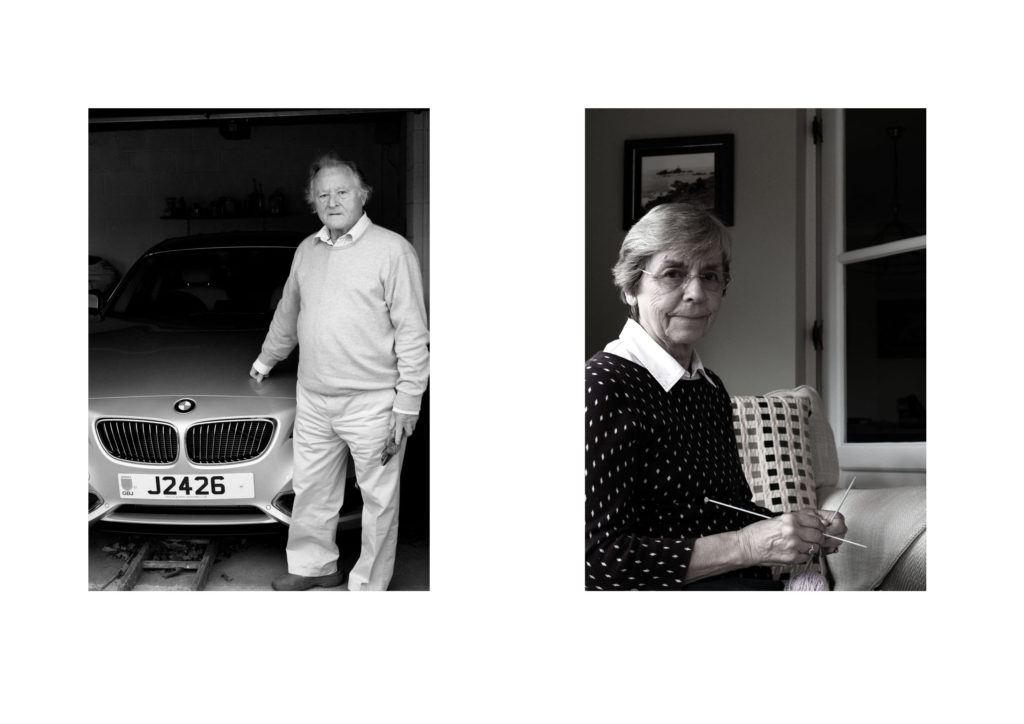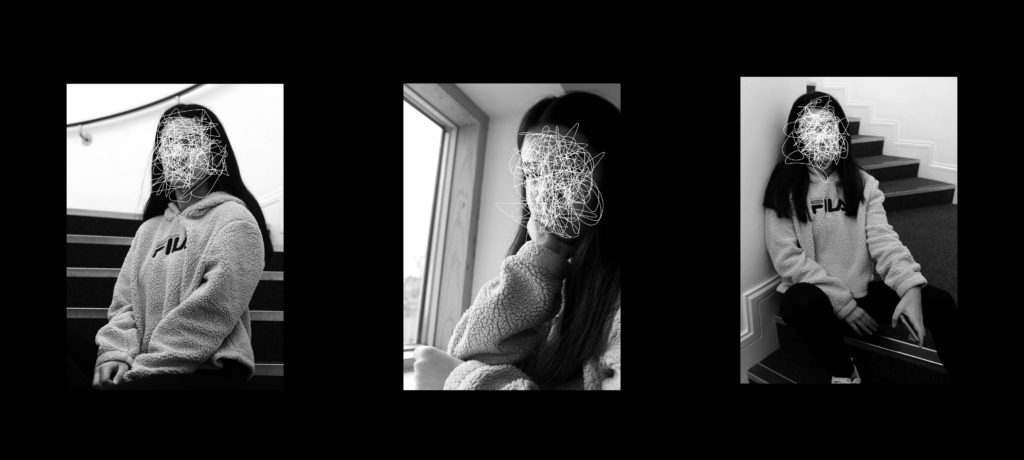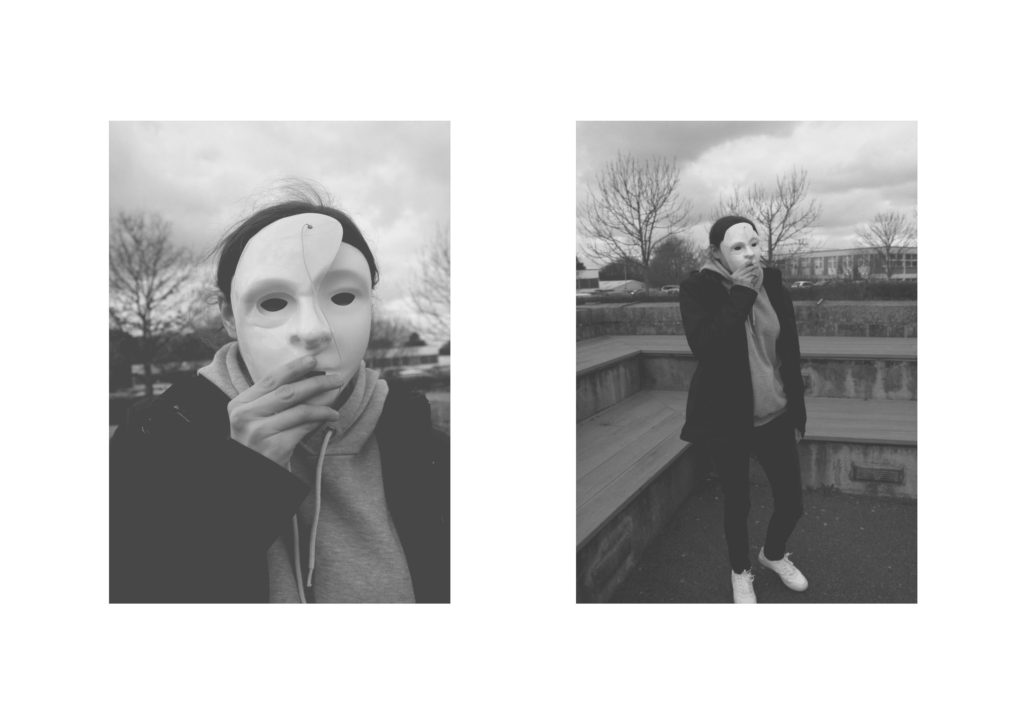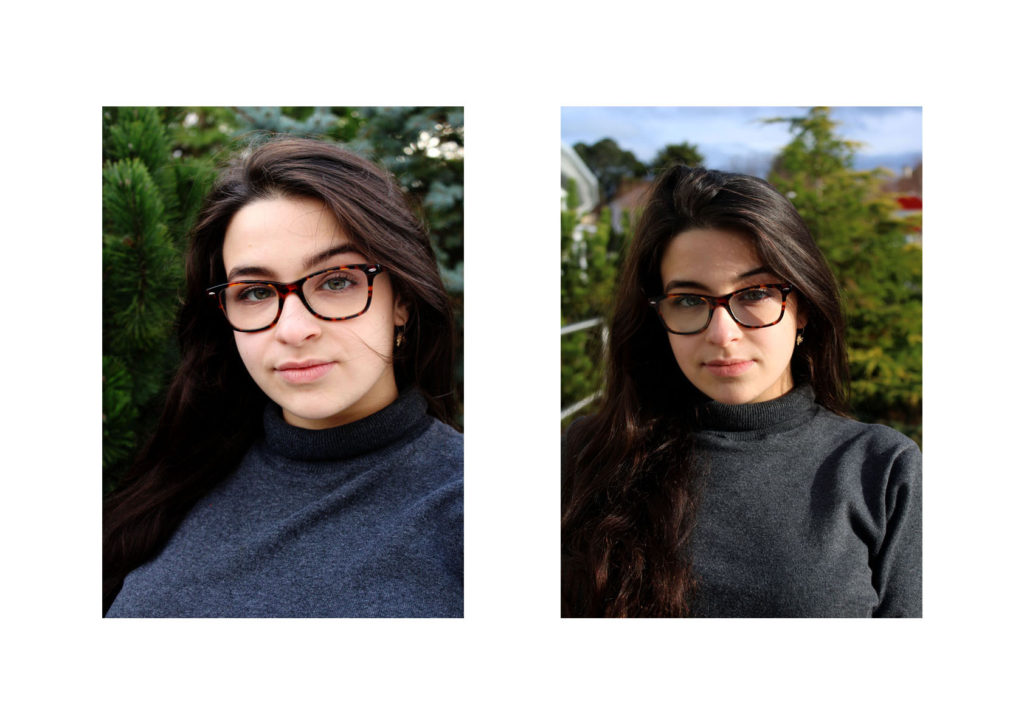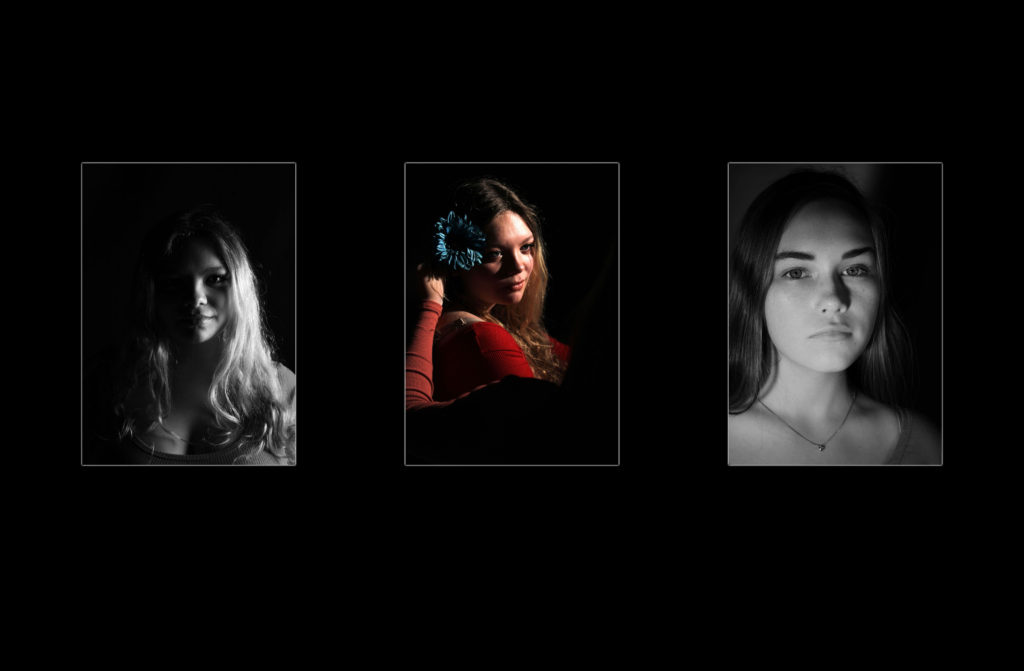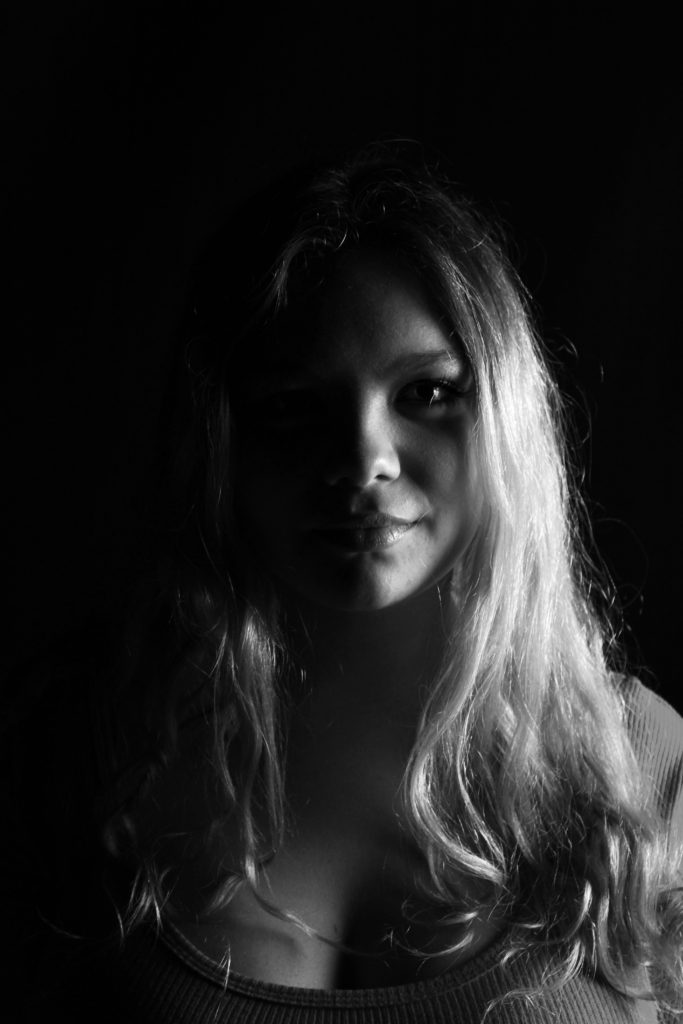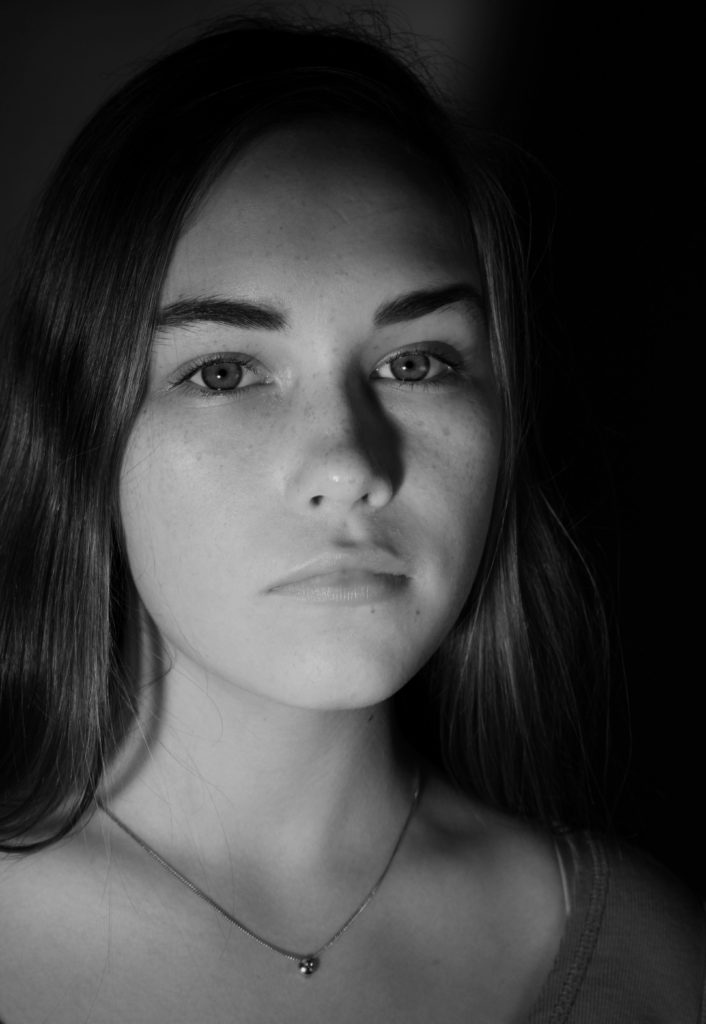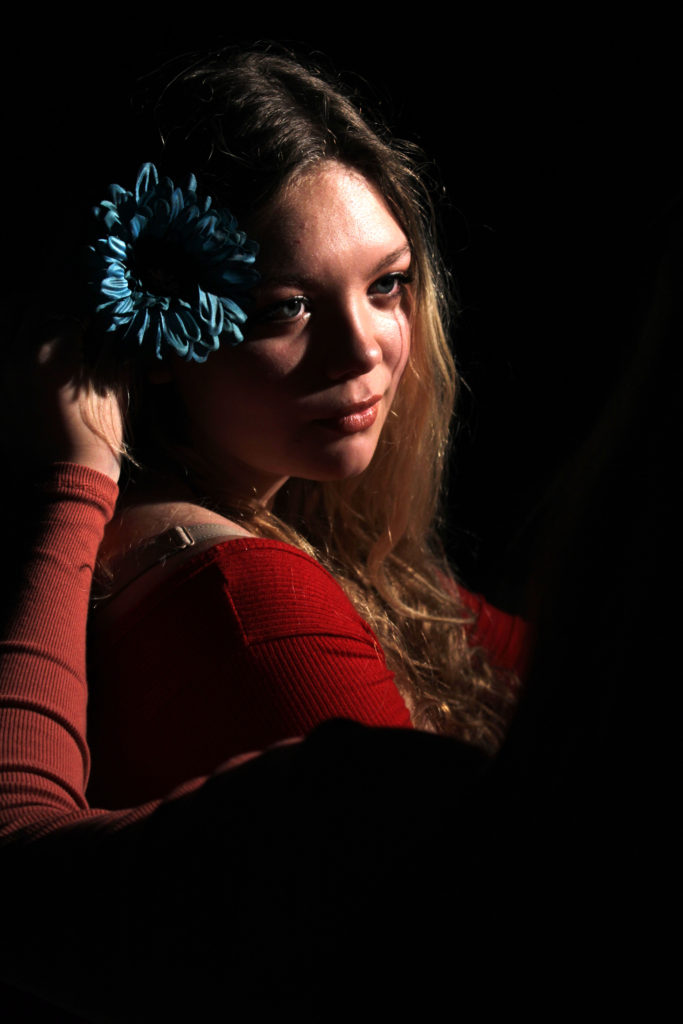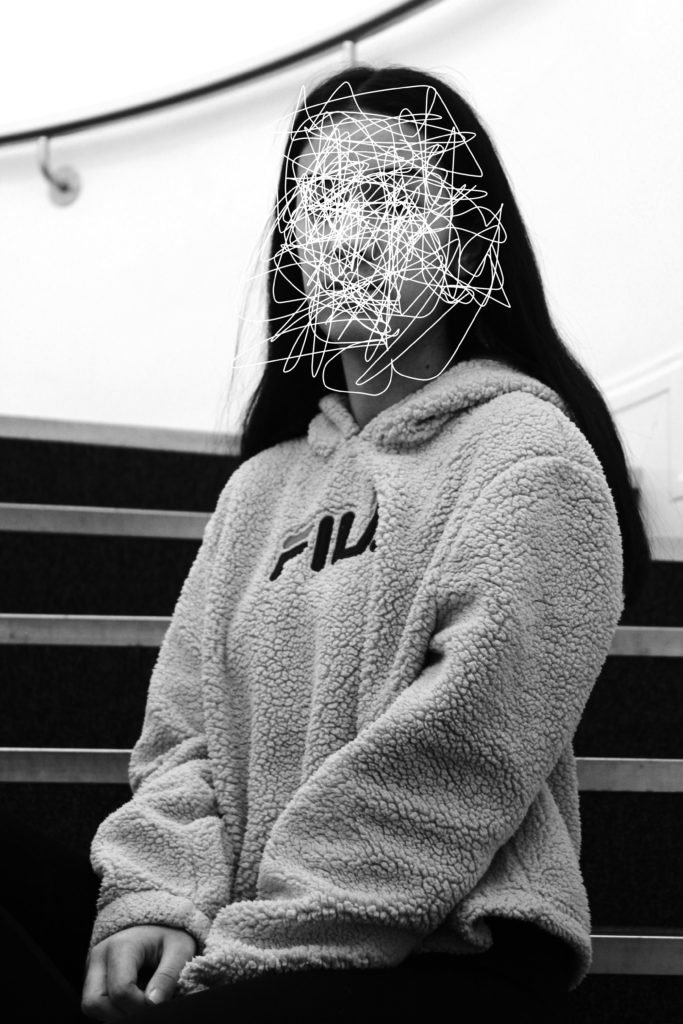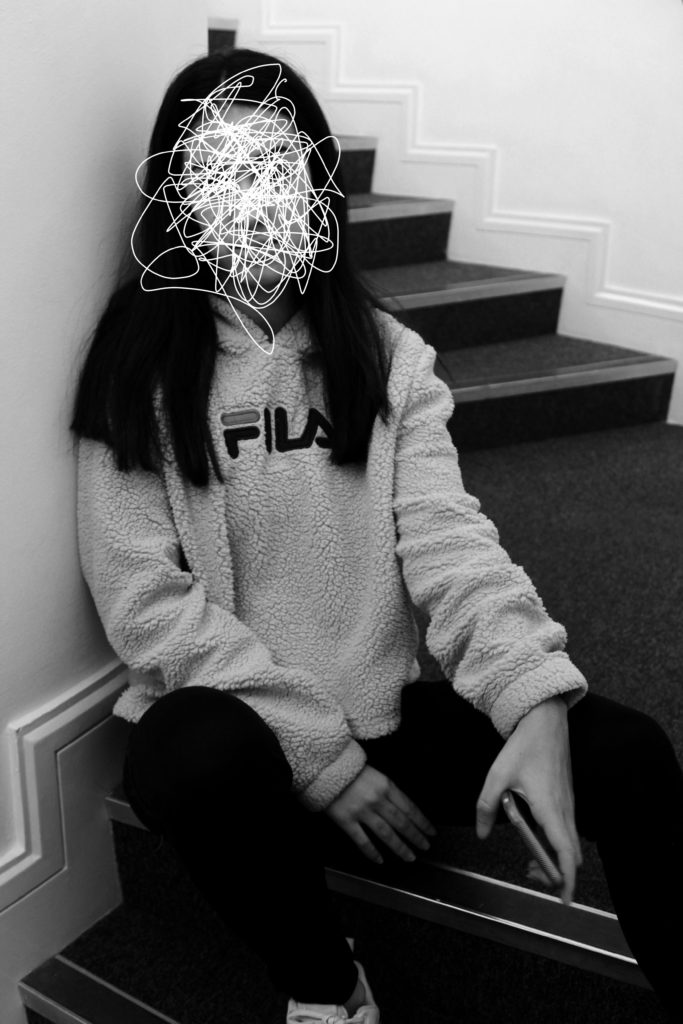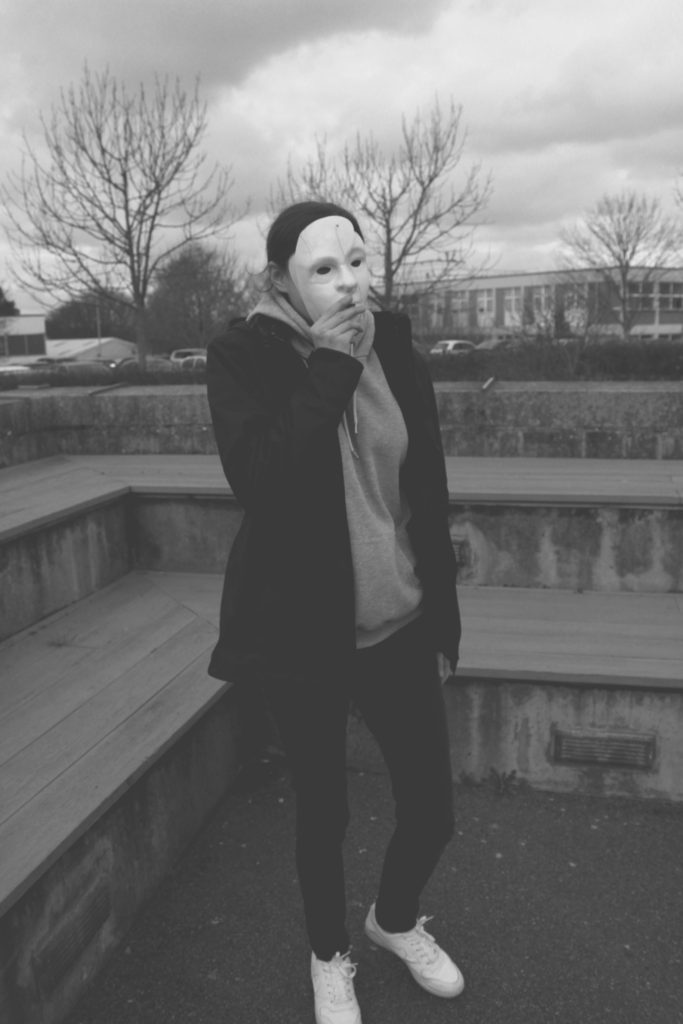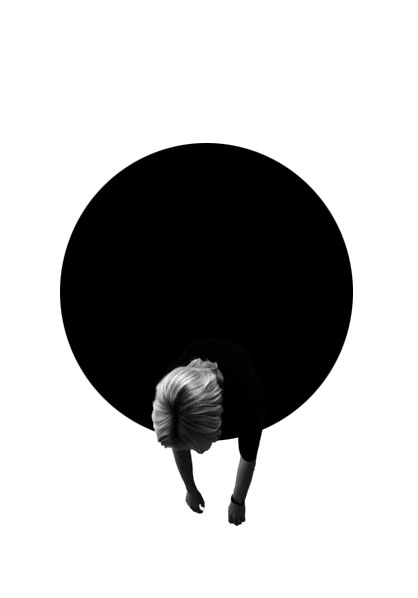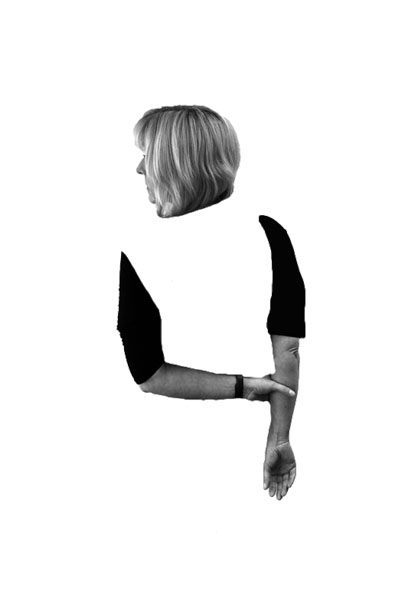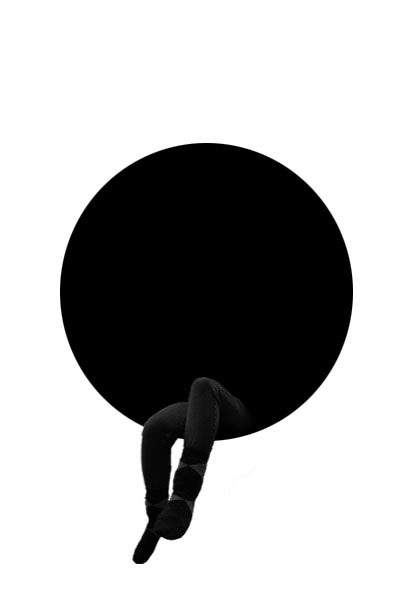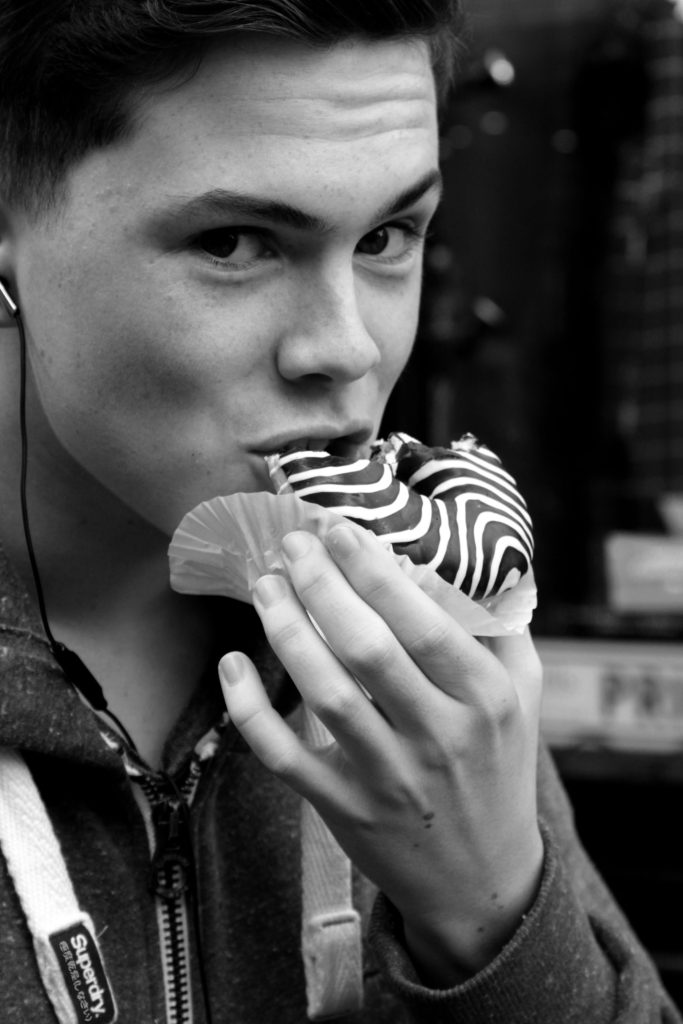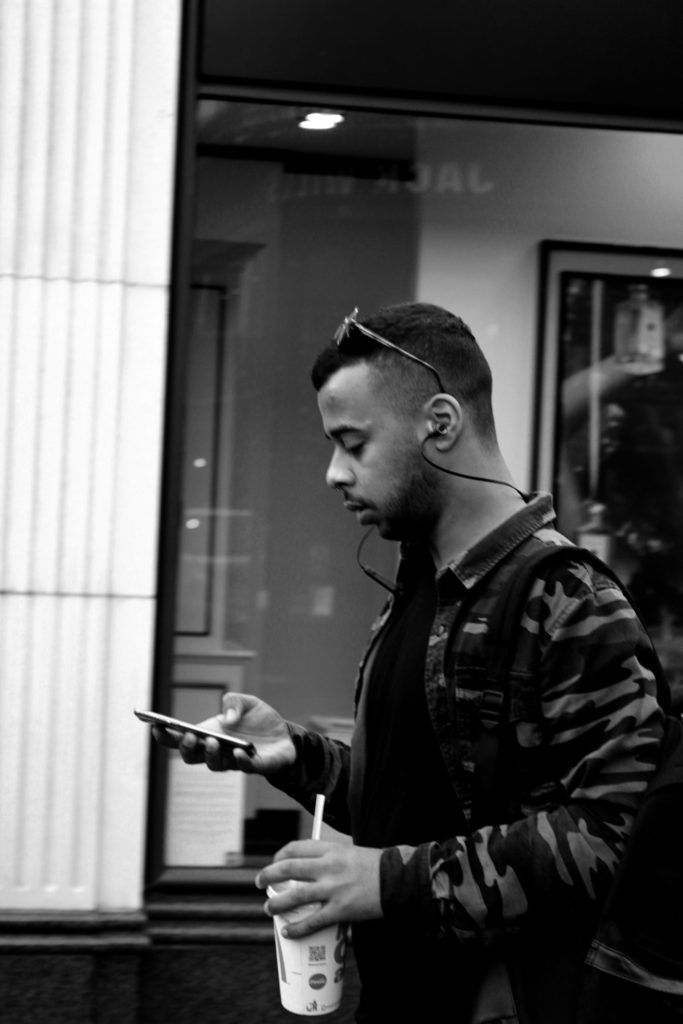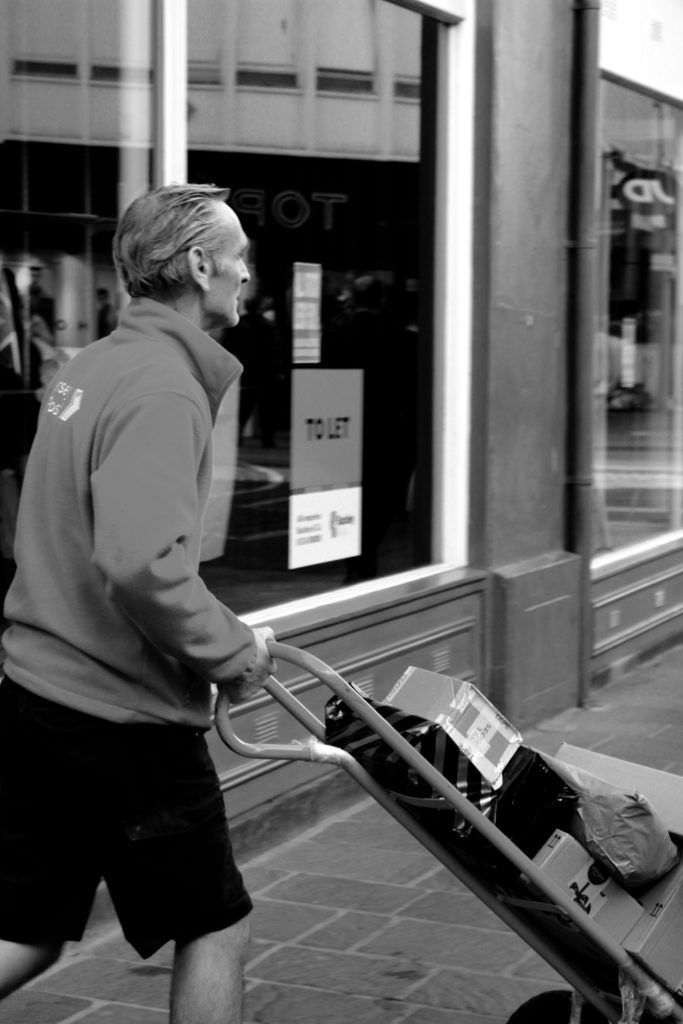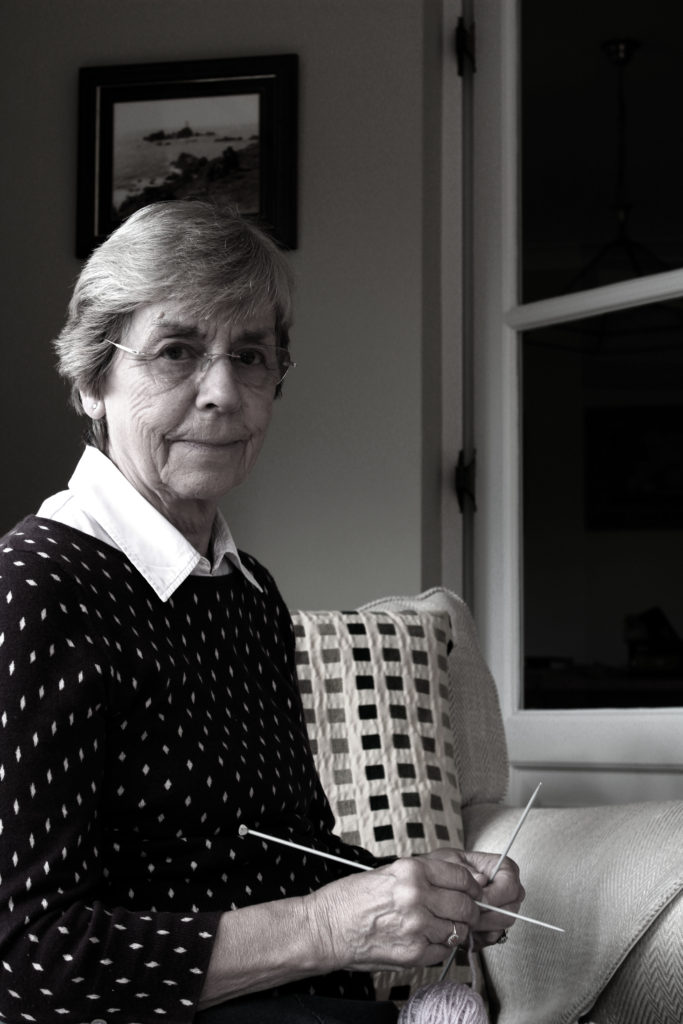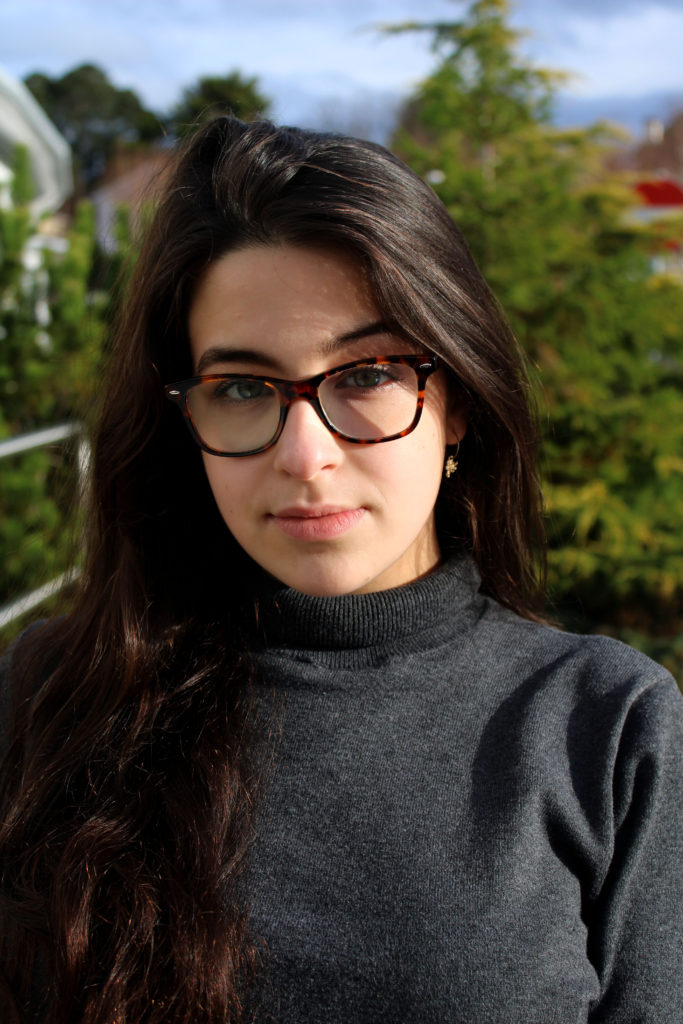The last photographer I will be looking at is Mahaela Ivanova.
Mihaela Ivanova is a Bulgarian photographer who experiments with simple conceptual shots and black and white series. The works below focus on the concept of identity, with the subject holding a part of a portrait of a different person, whether it be the eyes or the mouth, in front of their own face, hiding their identity.
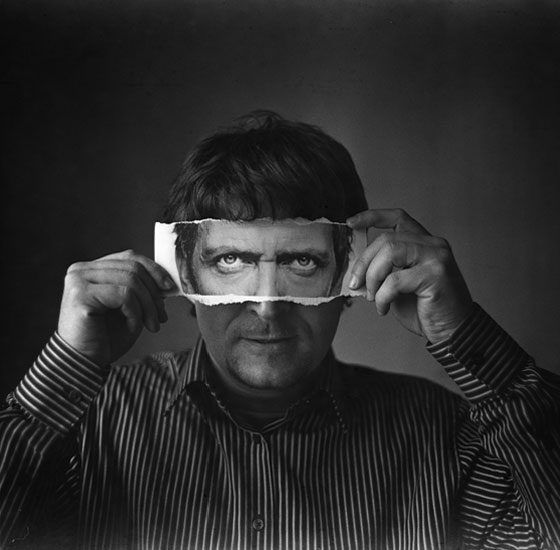

Contact sheet:
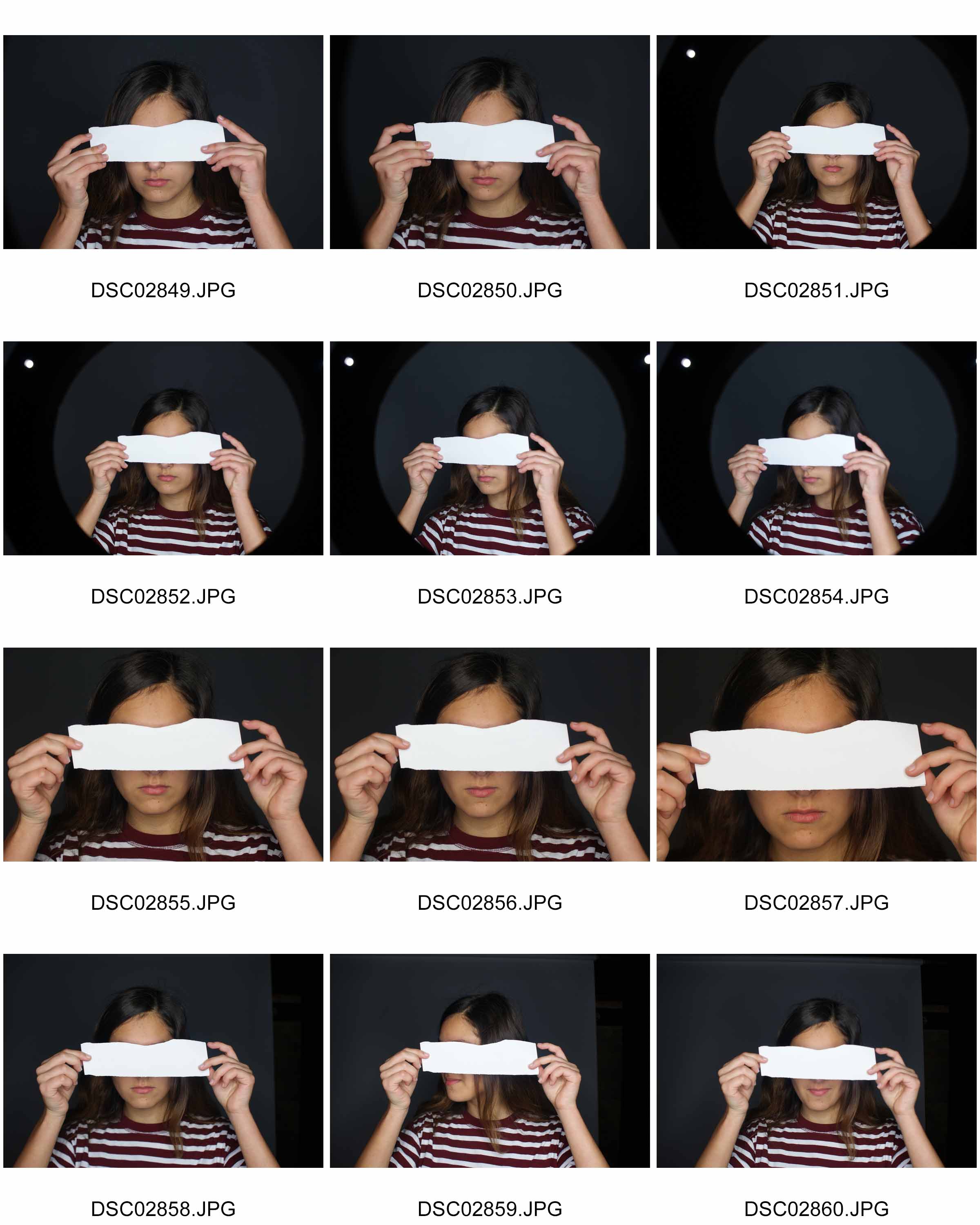
In the pictures I took, since I wasn’t able to get a picture of another person’s face in time for the photo shoot, I instead used a blank piece of paper for the subject to hold over her eyes, and will be photo shopping another person’s face into that piece of paper to create the look of Mihaela Ivanova’s work. I told the subject to look directly into the camera with the ripped piece of paper over her eyes to get the right pose, which resulted in these photos.
Chosen edited picture:

How I did it:

I started off by choosing an image which I could use, it being this one.

I then went and chose a picture of myself and copied half of my face, and then pasted it onto the picture where the stirp of paper would be. I then reduced the opacity and erased the excess image around the strip of paper. I got rid of some of the image on the strip of paper around the edges to try and create a ripped effect, as in Ivanova’s work. I also brightened my eyes using the dodge tool to make them stand out more.

Since i had pasted a picture over the original image, I covered all the shadows, so I had to implement them in myself to give it more of a 3D look, as if the piece of paper with the image on is actually there in her hands. I did this by using the eyedropper tool to take the colour of the image underneath her fingers, darkening the colour a few shades to almost a black, and then taking a soft brush tool and drawing it on where the shadows should be.

To make it look more natrual, I reduced the opacity down to 30%.

To clean it up and to make the shadows actually underneath the fingers and not on top of them, I carefully erased the excess shadows which were on top of the fingers.

To comply with Ivanova’s style, I changed the image to black and white, playing with the settings until I got my desired look.

I then went and adjusted the brightness and contrast, making the image darker and creating a dramatic contrast between the darks and lights.

Finally, I adjusted the levels, making the background darker so it brings out the subject.

This is my final outcome in response to Mihaela Ivanova. I believe it was successful, it’s clearly inspired by her work, with the ripped out person in front of someone else’s eyes, hiding their true identity,and the black and white filter on the image which gives it a dramatic effect. I like how well the photo is put together, and how I managed to put the image of my eyes onto the ripped piece of paper without making it too obvious that it’s photoshopped, however I don’t like how my face doesn’t align up with the subject’s, like in Ivanova’s works. It doesn’t look like it’s actually part of her face, the nose is out of line and the face is too wide compared to the subjects. I should have made the image of my eyes less wide and positioned it better or chose a different image which fit better.
It fits the concept of lack/loss of identity because you can’t make out who the person behind the piece of appear it, you can only see the lower half of their face.It may also be perceived that the subject hasn’t got an identity and is longing to be someone else, hence the image of someone else in front of their own face.

